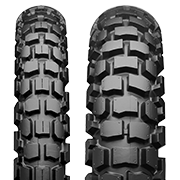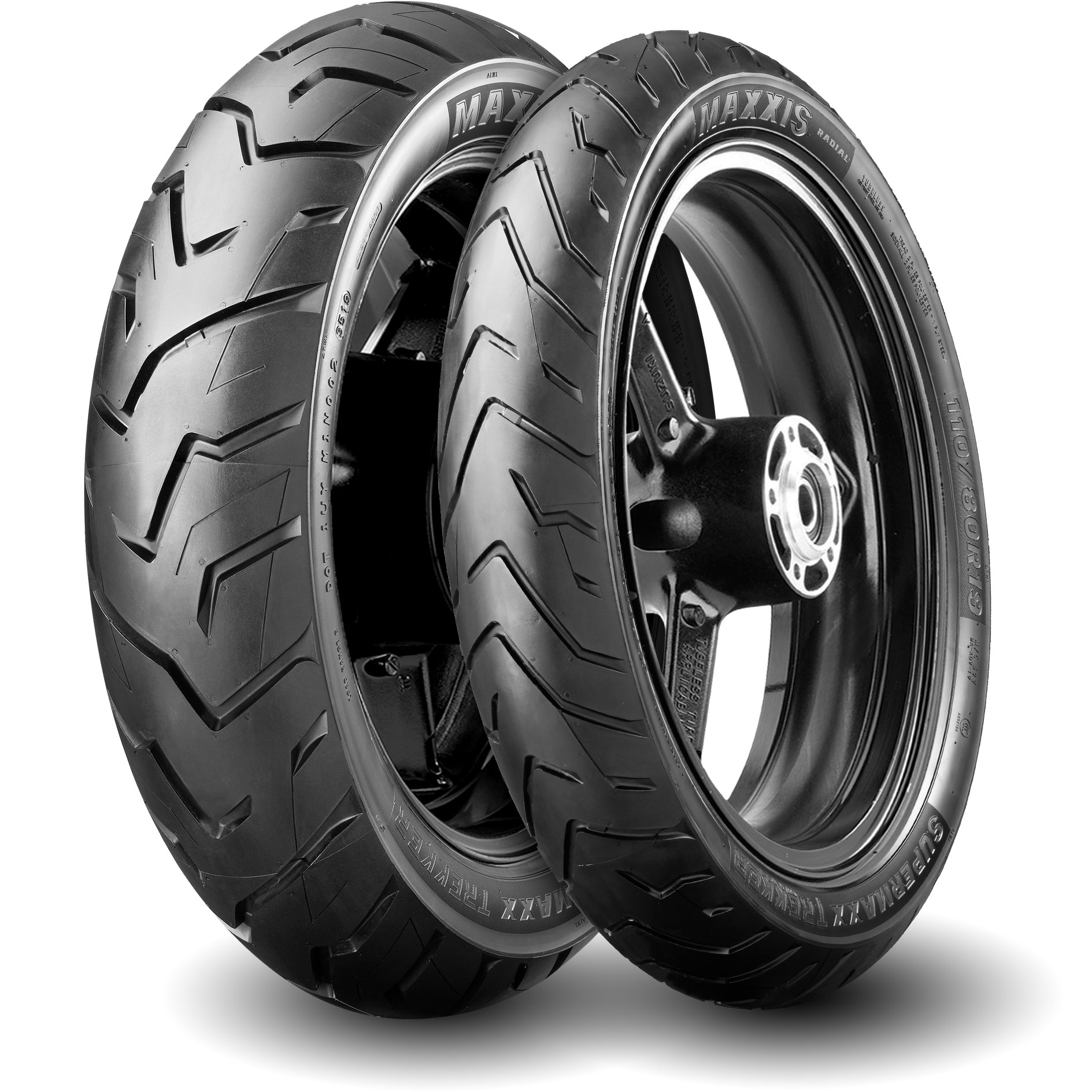Everything about the Necessary Motorcycle Tyre Guide for Optimal Bike Maintenance and Efficiency
The Important Motorcycle Tire Overview serves as a necessary source for cyclists looking for to boost their bike's efficiency and safety. motorcycle tyre guide. It offers understandings into numerous tyre types and specs that affect managing and resilience. Additionally, understanding proper upkeep techniques can substantially prolong tyre life. Numerous bikers neglect important factors that influence their riding experience. Discovering these aspects can bring about educated choices that inevitably enhance both safety and security and pleasure on the road
Understanding Motorbike Tyre Kind
When selecting motorbike tyres, comprehending the numerous types readily available is crucial for peak efficiency and safety and security. Motorcyclists encounter different tyre groups, each created for particular riding styles and conditions. Sporting activity tires emphasize grasp and responsiveness, making them suitable for high-performance bikes and track use. Visiting tires, on the other hand, focus on sturdiness and comfort, perfect for long-distance adventures. Off-road tires include hostile walk patterns, giving traction on unequal surface areas, while dual-sport tires supply versatility for bikers who change between off-road and on-road conditions.Additionally, cruiser tyres are designed for security and a smooth trip, providing to the distinct requirements of cruisers and visiting bikes. Understanding these groups enables cyclists to select tyres that line up with their riding behaviors and environmental conditions, eventually improving both safety and security and efficiency. Each type plays an important function in making sure a superior riding experience tailored to the specific motorcyclist's needs.
Secret Tire Specs Described
Choosing the appropriate bike tyres involves greater than just understanding the different kinds; it also needs familiarity with crucial specifications that influence efficiency and security. Trick specs consist of tire size, which is normally expressed as a collection of numbers suggesting width, facet proportion, and rim diameter. This code is essential for making sure compatibility with the motorcycle.Another crucial specification is the tons index, showing the optimum weight a tyre can sustain. The speed rating represents the optimal speed a tyre can securely take care of, essential for performance enthusiasts.Additionally, step pattern and rubber compound impact grasp, stability, and use characteristics. Tires with a softer substance tend to supply far better grasp but wear quicker, while tougher substances last longer but may give up grip. Recognizing these specs enables cyclists to make educated choices, improving both their safety and riding experience.
How to Select the Right Tyres for Your Bike
How can a rider assurance they pick the best tires for their motorbike? Picking the appropriate tires entails comprehending the specific needs based upon riding surface, style, and weather conditions. Motorcyclists must initially seek advice from the bike's handbook to determine recommended tyre dimensions and specifications.Next, they should assess the kind of riding they plan to do-- whether it's commuting, exploring, or off-road. Each classification has distinct tire layouts tailored for top performance.Additionally, cyclists should assess step patterns; deeper treads supply better grasp in wet conditions, while shallower treads boost security on dry surfaces.Lastly, it is necessary to examine the tyre's building and construction and product, as these elements influence sturdiness and handling (motorcycle tyre guide). By evaluating these components thoroughly, a motorcyclist can confidently choose tires that enhance safety, performance, and general riding experience
The Relevance of Tire Pressure and Maintenance
Tyre pressure is a substantial aspect of motorbike maintenance that straight impacts safety and performance. Keeping the appropriate tire pressure guarantees suitable call with the road, enhancing grasp and security during experiences. Under-inflated tires can bring about raised rolling resistance, causing poor fuel efficiency and unnecessary endure the tires. On the other hand, over-inflated tyres may minimize and create a severe adventure traction, specifically in wet conditions.Regularly monitoring tyre stress, preferably prior to each ride, is necessary to keeping the bike's overall efficiency. Riders ought to refer to the manufacturer's requirements for the recommended stress degrees. Furthermore, monitoring tyre problem and readjusting stress according to tons and riding conditions is crucial for safety and security. Correct tyre upkeep contributes to prolonged tire life-span, far better handling, and enhanced braking efficiency. Ultimately, constant focus to tyre pressure and upkeep is vital for ensuring a secure and delightful riding experience.

Acknowledging Indications of Tyre Put On and Damage
Recognizing signs of tyre wear and damages is necessary for preserving motorbike safety and efficiency. Trick indications consist of assessing walk deepness and carrying out a thorough aesthetic inspection for any type of visible damages. Dealing with these elements promptly can avoid more complications when traveling.
Step Deepness Evaluation
As bikers take to the roads, the relevance of examining step deepness can not be overstated, since used or damaged tires can considerably impact safety and efficiency. Step depth straight influences grip, braking distance, and cornering stability. To examine walk depth, riders should make use of a step depth gauge, measuring the grooves at numerous points across the tyre. A deepness of 2mm or less suggests substantial wear and requires prompt substitute. Furthermore, cyclists can employ the "dime test" by placing a coin right into the walk; if the top of Lincoln's head is visible, the tyre is as well worn. Routine checks ensure peak hold on diverse roadway problems, promoting a more secure riding experience while enhancing the general handling of the bike.
Visual Damages Inspection
Inspecting bike tyres for visual damages is important for keeping safety when traveling. Cyclists should regularly examine tyres for indications of wear such as splits, bulges, or slits. Irregular wear patterns might show alignment problems or improper rising cost of living, leading to compromised efficiency. In addition, looking for international objects embedded in the walk can protect against possible blowouts. Motorcyclists must pay close focus to the sidewalls, as any abrasions or cuts can weaken the tire's structure. Guaranteeing that the tread is devoid of excessive wear is vital for suitable grip. Normal aesthetic assessments not only improve security yet also lengthen the life of the tyres, making certain a smoother and much more dependable riding experience. Timely detection of damages can stop pricey repair services and mishaps.
Seasonal Tyre Considerations for Different Riding Problems
When thinking about bike tyres, seasonal conditions play an important function in efficiency. In damp weather, tyres made for boosted grasp and water displacement end up being vital for safety and security. In addition, winter months riding needs certain tyre characteristics to guarantee Related Site peak traction on chilly, potentially icy surfaces.

Damp Climate Efficiency
Damp climate condition present one-of-a-kind obstacles for motorcyclists, making the choice of tires critical for safety and performance. Tires designed for damp weather condition typically include much deeper treads and specialized rubber compounds that enhance grip on unsafe surface areas. These tyres are engineered to direct water away, lowering the danger of aquaplaning and boosting security throughout rainfall. Motorcyclists ought to think about tyres with a well balanced design, providing both traction and longevity in damp problems. Furthermore, keeping proper tyre stress is essential, as under-inflated tires can endanger efficiency. When encountered with rain-soaked roadways, routine inspections for wear and damage are essential to guarantee peak feature. Selecting ideal wet-weather tyres ultimately adds to a safer and much more delightful riding experience.
Winter Season Tyre Requirements
Riding in winter months problems poses distinct obstacles that require certain tire demands to guarantee safety and security and performance. Winter season bike tires are made with deeper treads and softer rubber substances, offering boosted hold on chilly and unsafe surfaces. This is vital for preserving grip on ice, snow, and wet roads. Additionally, winter season tires commonly include a special tread pattern that assists network water away, minimizing the danger of aquaplaning. Bikers should likewise consider the tire's temperature level strength, as efficiency can lessen in extreme cold. It is important to regularly check tyre pressure, as it can go down substantially in lower temperature levels. By choosing the proper wintertime tyres, motorcyclists can navigate rough conditions with greater self-confidence and security, making certain a more secure riding experience.
Tips for Proper Tire Storage Space and Durability
Correct tire storage is important for preserving their long life and performance with time, as overlooking this aspect can result in early degeneration. To assure ideal storage, it is necessary to maintain tyres in a trendy, completely dry setting far from direct sunlight and sources of warmth, such as radiators or heaters. Excessive warmth can trigger rubber compounds to damage down, pop over to these guys jeopardizing the tire's integrity.Additionally, tires ought to be kept upright or stacked flat, depending upon their kind. It is recommended to rotate them occasionally to avoid flat places if piled. Appropriate inflation is likewise crucial; tyres should be pumped up to the manufacturer's suggested pressure to stay clear of deformation.Lastly, it is helpful to cover tyres with a safety product to shield them from dirt and pollutants. Following these suggestions will certainly aid prolong the life of motorcycle tires, ensuring they continue to be efficient and secure for use when the riding period resumes.
Frequently Asked Questions
Just how Commonly Should I Change My Bike Tyres?

Can I Mix Different Tire Brands on My Bike?
Mixing different tyre brand names on a motorbike is typically not suggested. Variations in step patterns, rubber compounds, and efficiency qualities can bring about unpredictable handling and endangered safety, possibly increasing the danger Clicking Here of crashes.
What Is the Life expectancy of a Bike Tyre?
The life expectancy of a motorbike tyre typically ranges from 5,000 to 15,000 miles, influenced by aspects such as riding tyre, terrain, and design upkeep. Regular inspections can assist ensure peak efficiency and security throughout their usage.
How Do I Get Rid Of Old Motorbike Tyres?
When disposing of old motorcycle tires, they ought to be taken to marked recycling. Several local waste monitoring services likewise offer tyre disposal programs, making certain environmentally friendly handling and compliance with neighborhood guidelines pertaining to tire waste.
Are There Any Kind Of Tire Guarantees Available for Bikes?
Lots of motorcycle tire makers supply guarantees that cover problems in product and handiwork. The specifics vary by brand and design, so it's important for riders to review private guarantee terms before purchasing brand-new tyres. Off-road tires feature aggressive walk patterns, supplying grip on irregular surfaces, while dual-sport tires use flexibility for riders who move between on-road and off-road conditions.Additionally, cruiser tires are designed for security and a smooth adventure, providing to the unique requirements of cruisers and exploring bikes. Each classification has unique tyre styles tailored for peak performance.Additionally, cyclists must evaluate step patterns; much deeper treads use better grip in wet conditions, while shallower treads enhance stability on dry surfaces.Lastly, it is necessary to check out the tire's construction and material, as these variables influence longevity and handling. Appropriate tyre maintenance adds to prolonged tyre life expectancy, far better handling, and boosted braking performance. Correct inflation is also crucial; tyres need to be inflated to the supplier's suggested pressure to avoid deformation.Lastly, it is beneficial to cover tires with a safety material to secure them from dust and contaminants. The life expectancy of a motorcycle tyre usually varies from 5,000 to 15,000 miles, influenced by variables such as riding design, tyre, and surface maintenance.
Comments on “Top tips from the motorcycle tyre guide for seasonal riding”